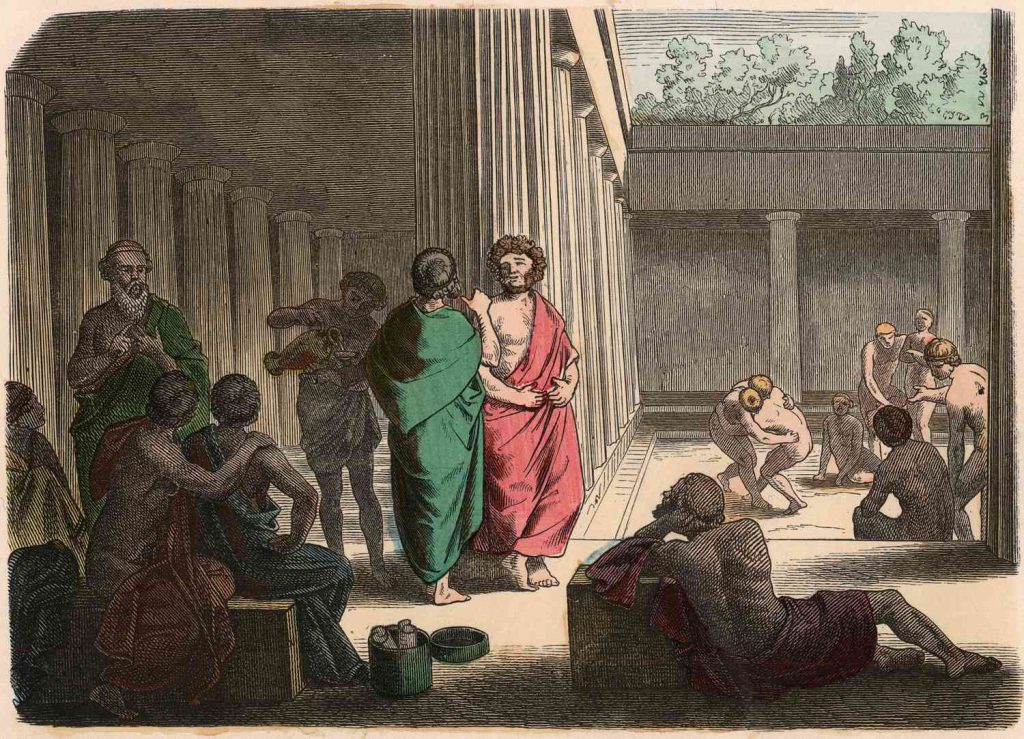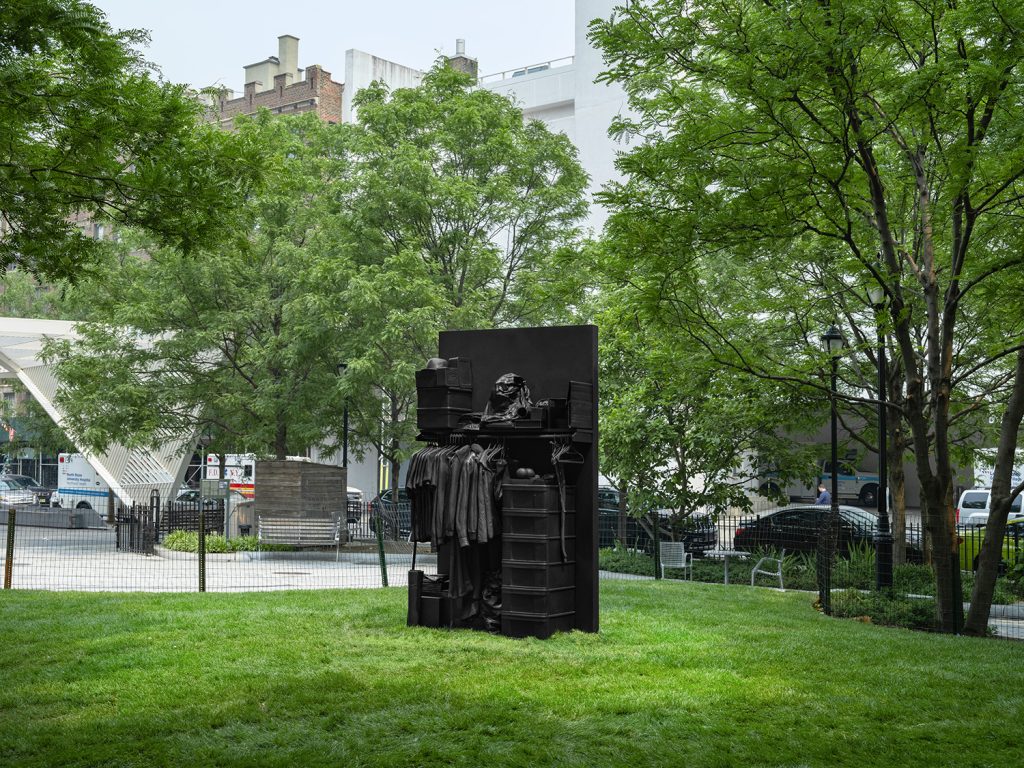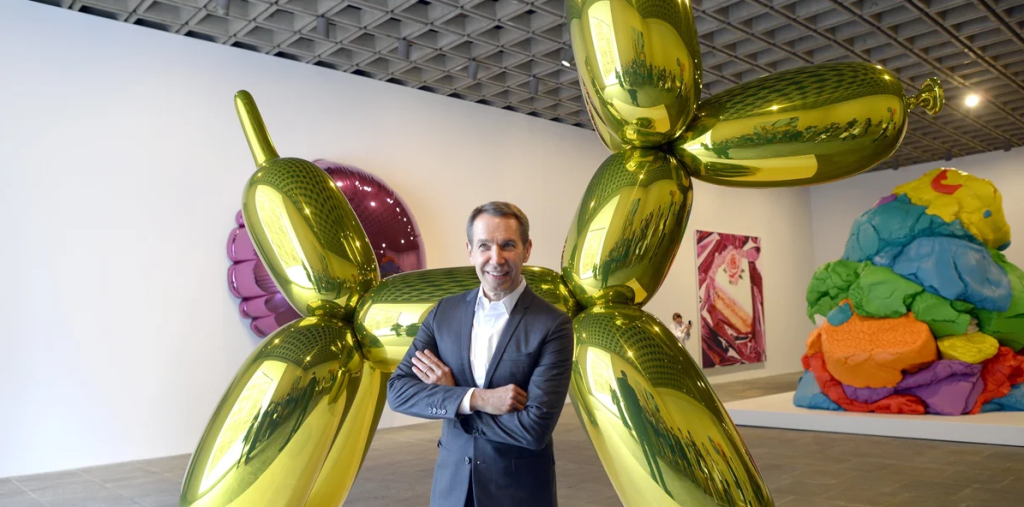Ancient Greek art, with its unique aesthetic concepts and exquisite craftsmanship, has had a profound impact on the development of later art. Whether it is sculpture, architecture or painting, ancient Greek art pays attention to the proportion and harmonious beauty of the human body, reflecting the idealized aesthetic concept of mankind. Ancient Greek art not only conveys the worship of beauty, but also profoundly influences the artistic trend of the European Renaissance.
Among the various forms of ancient Greek art, Aphrodite Kallipygos Statues is a very representative work. Kallipygos means “beautiful buttocks”. This statue shows the naked image of Aphrodite, the goddess of love, and emphasizes the elegance and perfection of the female body. This statue not only conveys the ancient Greeks’ ultimate pursuit of beauty, but also reflects their worship of the female image. In ancient Greek culture, Aphrodite, the goddess of love, represents love and beauty, and her statue symbolizes the human pursuit of ideal beauty.
Ancient Greek artists depicted the human body in great detail, striving to show the dynamic beauty and idealized proportions of the human body in both sculpture and painting. Ancient Greek paintings are mostly pottery paintings, depicting myths, heroic legends, and daily life. Although there are very few ancient Greek paintings in existence, it can be seen from the pictures on pottery that ancient Greek artists fully expressed the muscle lines and dynamics of the characters, pursuing perfect proportions and symmetry.
Ancient Greek art, through its paintings and sculptures, shows human admiration for nature, beauty, and gods, and these works are still regarded as the pinnacle of art. Whether appreciating meticulous statues such as Aphrodite Kallipygos Statues or studying ancient Greek painting art, people will feel the ultimate pursuit of beauty and eternal artistic charm of that era.


